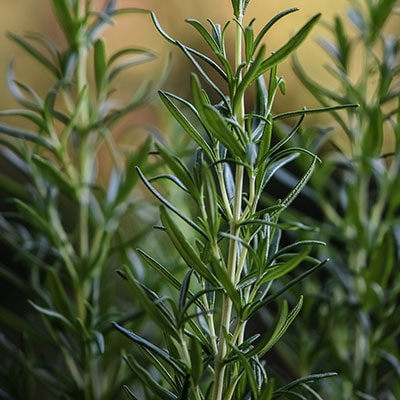
Throughout history people have been using plants called herbs to flavour food, for dye, perfume, and even for cosmetics. Certain herbs are thought by many to have the power to repel insects, evil, and even vampires, while other herbs create good luck and attract the perfect lover. Herbs are used by some people to cure headaches and burns, but culinary herbs are usually the most widely used. In fact, many kitchen gardeners relish the opportunity to use fresh herbs at home. It is quite convenient to grow an indoor herb garden without the need of any outdoor space at all. This means home chefs or people who simply enjoy the flavours herbs add to foods can have their own fresh herbs. The growing of indoor herbs is quite practical and straight forward with the ideal setting for this process to be the kitchen. When cooking one simply has to walk over to the indoor garden and snip a few fresh herbs and use them in dishes. If there is no room in the kitchen, herbs can be grown in any sunny room in the home. Here are a few tips and guidelines for growing indoor herbs.
Tips for Growing an Indoor Garden
Find a good spot
Herbs will need as much natural light as possible and should be placed in a sunny spot near a window so they get a minimum of four hours of sun each day. South or southwest facing windows are the best, but east or west facing windows will suffice. Windows facing north generally are not bright enough so try to avoid placing herbs in these windows.
Drainage
Indoor herbs require good drainage; herbs do not do well when they are left to sit in water. This will cause the roots to rot so place a saucer, liner, or a draining pan under the herb pot so the water will drain from the soil and at the same time protect the surface upon which the pot sits. Furthermore, keep in mind clay pots do help with drainage, but they can dry out rather quickly. When growing herbs indoors, especially during the winter months when the heat from radiators may dry out the air, choosing a plastic or glazed container will probably work better.
Temperature
Indoor gardens are typically quite comfortable with indoor temperatures; they usually like the same temperatures that humans like, from about 18 to 21 degrees Centigrade. Though temperatures may drop to 12 or 15 degrees next to a window, do not worry. Herbs usually like this as well, but be sure not to let the leaves touch the glass as this can cause them to catch a bit of frost and hinder development.
Guidelines for How to Grow an Indoor Garden
- Prior to starting herb gardens, you need to choose the preferred herbs that are to be grown. The most popular herbs that can be grown indoors are basil, rosemary, coriander, chives, oregano, parsley, sage, thyme, and mint. For beginners it may be best to start by only trying to grow two or three favourite herbs and then expanding your range as you get more confident.
- Choosing the right containers is the next step; it should have drainage holes and be deep enough in order to add rocks in the bottom of the container. This helps to create a reservoir for drainage of any excess water. The best soil for growing an indoor garden should be rich in organic material, like a good quality potting soil. Avoid using soil from the garden because it will have the tendency to strangle herb plants due to the soil being easily compacted.
- Once the plants, container, and soil have been chosen the herbs can be planted in the containers like any other plants. Caring for the herbs after planting is very important. The four elements that make growing herbs indoors successful are temperature, light, water, and humidity. Follow the tips given above for the proper light and temperature, but in addition to those tips avoid placing the herbs where they will be subject to drafts as this can offset the surrounding temperature and hinder development.
- Watering the herbs and the proper humidity are the final two elements. Herbs must be watered regularly and never permitted to dry out (but without overwatering them). Simply check the indoor garden daily and water when the top of the soil just begins to feel dry. At this stage the lower layer of soil will still feel damp when sticking a finger into the soil. It may also help to add a bit of water soluble fertiliser to the water; do this only about once per month to give nutrients needed by the herbs. Indoor herbs like excellent air circulation and high humidity so misting them once per week is recommended. Another option is to place the container in a tray of pebbles and fill the tray with water. This will increase the humidity around the plants. If mildew presents itself simply increase the air circulation by adding a small fan.





